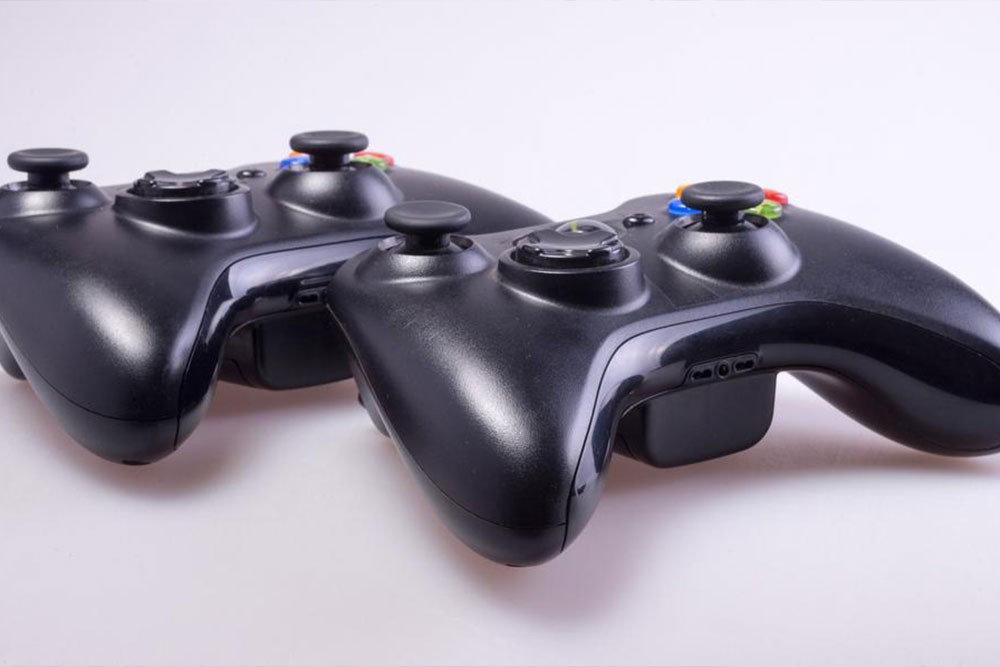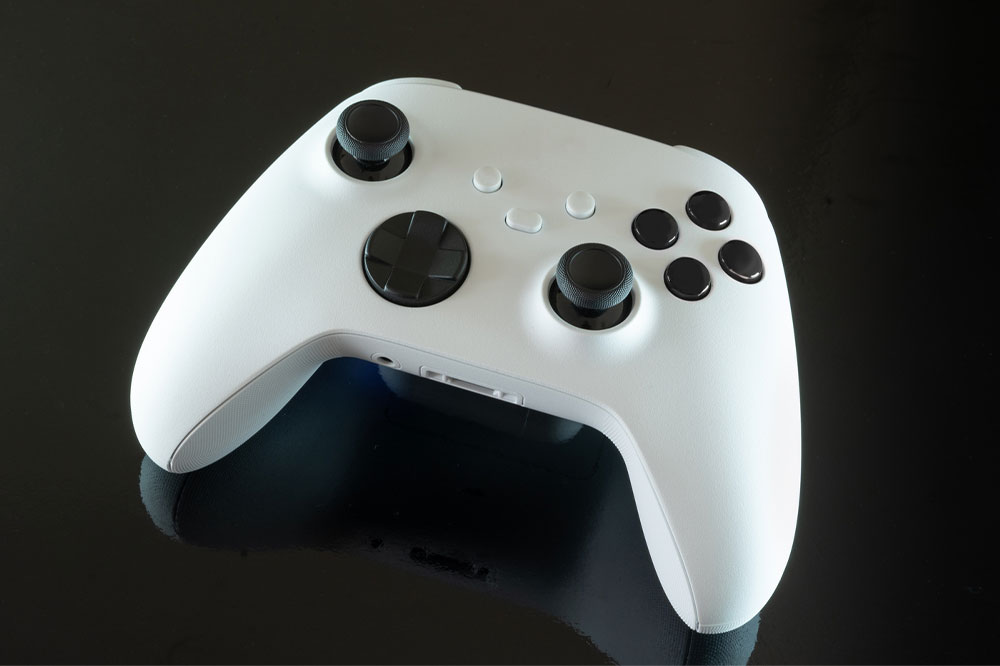Guide to Developing Your Own Video Game: Tools and Process
Learn how to develop your own video game with essential tools and step-by-step guidance. Discover beginner-friendly software options like Construct 3 and GDevelop, alongside advanced tools like Autodesk. Follow a structured process from conceptualization to testing, making game creation accessible and achievable for aspiring developers in the gaming industry.
Sponsored

Creating a personalized video game is an exciting way to channel your creativity and participate in the thriving gaming industry. While playing games provides entertainment, designing your own offers a rewarding challenge and potential revenue stream amid a booming market. To start, understanding the essential tools and steps involved is crucial.
Top Software for Game Development
Building a game requires intermediate coding skills, but several user-friendly tools make the process accessible.
Nuclino
This collaborative platform integrates multiple development aspects, ideal for organizing game assets, documentation, and team communication in real time. Nuclino’s Kanban view simplifies sprint planning and asset management, streamlining team workflows.
Construct 3
An intuitive 2D game engine suited for beginners, allowing game creation without coding knowledge. It supports rapid prototyping and works across various operating systems, even offline.
Autodesk
Favored for high-budget games, Autodesk offers advanced tools like Maya for realistic 3D modeling and rendering. Knowledge of MEL scripting enhances game complexity, but mastering Autodesk can take weeks, and it is limited to specific platforms.
GDevelop
This free, open-source software enables quick 2D game development through its easy-to-use interface. It supports multiple platforms, includes a physics engine, and caters to beginner developers, though it’s less suited for 3D projects.
Steps to Craft Your Video Game
There’s no fixed formula, but following a general roadmap helps.
Concept Development
Start by brainstorming ideas, studying existing games, and writing a simple concept outline. Focus on straightforward concepts for beginners.
Research and Planning
Create a detailed game design document covering story, characters, gameplay, and marketing. This helps identify necessary resources.
Selecting Software
Choose appropriate tools based on your skill level and game design needs. Research supports selecting best-fit software.
Design and Development
Design characters, environments, and storylines on paper before building them digitally. Allow room for modifications during development.
Testing and Refinement
Play your game extensively to find bugs and improve gameplay, ensuring a polished final product.





